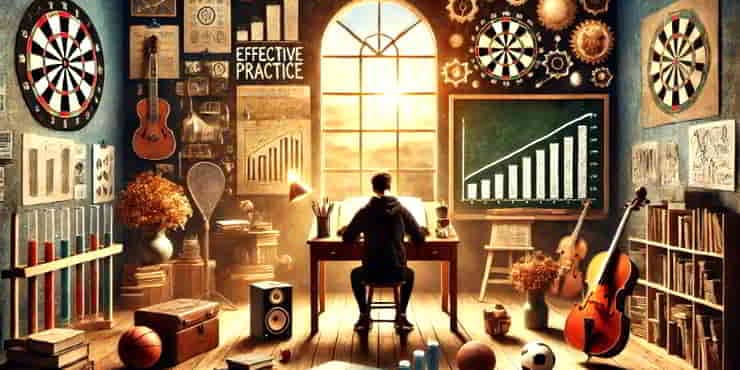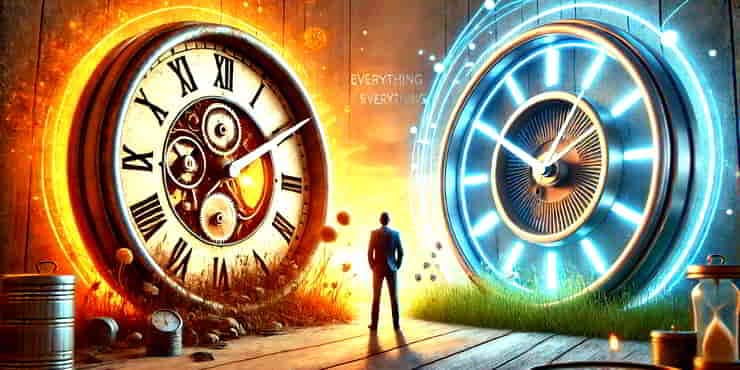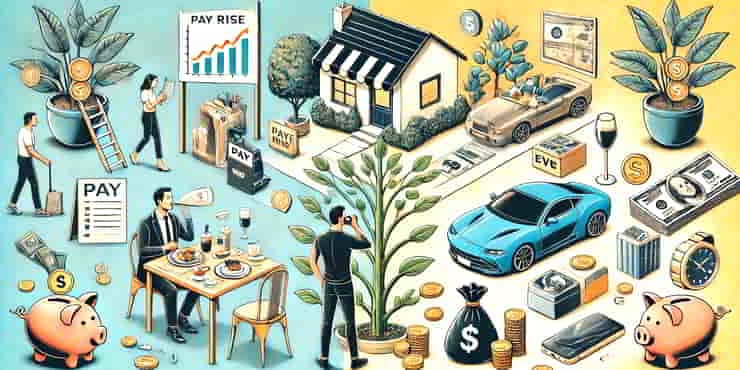Cognitive Biases: Unravelling the Mysteries of the Mind

Estimated reading time: 6 Min
Cognitive biases are mental shortcuts that help us navigate our world, yet they also quietly shape our perceptions, beliefs, and decisions, not always usefully.
Imagine walking into your favourite coffee shop, greeted by the comforting aroma of roasted beans.
Without a second thought, you order the same drink you’ve had countless times before.
But have you ever stopped to wonder why?
Is it truly a decision, or is there something else, invisible, gently nudging your choices behind the scenes?
Welcome to the intriguing world of cognitive biases—the unseen puppeteers of our minds.
These mental shortcuts help us navigate our world, yet they also quietly shape our perceptions, beliefs, and decisions.
But why do they exist, and how do they operate under our conscious radar?
We’ll shine a light on these hidden influencers and explain how to master the art of seeing beyond our own instinctive assumptions.
The Map of the Cognitive Biases Labyrinth
Cognitive biases are the brain’s way of streamlining our decision-making processes.
In the busy lives that we lead, they act as handy shortcuts, allowing us to navigate through a mountain of information without getting overwhelmed.
They’re a bit like the brain having an internal sat-nav that guides us through the mass of data and decisions we face every day.
These biases are not flaws as such, but remnants of our evolutionary past.
They evolved to help our ancestors make quick, life-saving decisions with limited information.
However, in the modern world, where complexity is rife, these ancient shortcuts can lead us astray, turning our mental sat-navs into somewhat less than reliable guides.
Two trailblazing psychologists, Daniel Kahneman and Amos Tversky, first introduced the concept of cognitive biases in the 1970s.
Their ground-breaking work illuminated the systematic errors in human thought, pulling back the curtain on the mind’s intricate play of shadows and light.
The Cast of the Mind’s Play
It’s as if our minds are made up of many characters.
Some of the main characters in the drama of our decision-making process are like actors on the stage of the mind; each cognitive bias plays a unique role.
- Confirmation Bias
This is the mind’s scriptwriter, crafting narratives that fit our existing beliefs. When researching a new gadget online, confirmation bias directs us towards reviews that validate our initial impressions, ignoring those that don’t. - Anchoring Bias
Imagine going to a flea market. The first price you hear sets the stage, anchoring your perception of value. This bias acts as the mind’s negotiator, often causing us to overvalue the first piece of information we receive, whether it’s about price, people, or probabilities. - Hindsight Bias
Ever watched a mystery film and thought, “I knew it all along!” after the villain was revealed? That’s hindsight bias at work. It’s the mind’s own historian, rewriting our memories so we believe we predicted past events with more accuracy than we actually did!
Through these characters, our minds weave complex narratives, guiding our thoughts and actions, often without our conscious consent.
By recognising these actors, we can begin to see through their performances and regain control of our mental scripts.
Tricks and Illusions
The influence of cognitive biases extends far beyond the personal.
They shape our relationships, our work, and our worldviews, often creating a distorted mirror of reality.
In the workplace, for example, the ‘halo effect’ can lead us to overlook a colleague’s flaws simply because they excel in one area.

In our personal lives, “negativity bias” can make us dwell on one critical comment while ignoring a multitude of compliments.
These biases are like optical illusions of the mind.
The same way that a skilfully rendered image may fool our sight, so too can the ingrained biases in our brains affect the way we think.
But why is it important to recognise these tricks and illusions?
Because they can lead to misunderstandings, strained relationships, and poor decision-making.
Understanding cognitive biases empowers us to question our first impressions, challenge our assumptions, and open our minds to new perspectives.
It enables us to see the world more clearly, make more rational decisions, and build better relationships. In essence, by uncovering the tricks, we can turn the mind’s illusions into insights.
The Mind’s Defence Tactics
Awareness is the first step towards overcoming the deceptive pull of cognitive biases.
But awareness alone is like knowing the rain is coming without carrying an umbrella.
So, how do we arm ourselves against these subtle mental persuaders?
- Mindful Awareness
Begin by adopting a stance of mindful curiosity about your own thought processes. Next time you make a decision, pause for a moment. Ask yourself, “Which biases might be at play here?” This is like shining a torch into the dark corners of your mind. - Seeking Diverse Perspectives
Invite challenge and contradiction. Surround yourself with a variety of viewpoints, and be open to having your opinions tested and to trying out different ideas and perspectives. Imagine you’re moving around a roundtable with your beliefs at the centre; each new perspective offers a different angle, often showing up previously unseen opportunities. - Evidence-Based Decision-Making
Anchor your decisions in facts rather than feelings. When faced with a decision, collect as much information as possible and weigh it critically. You could play the part of a judge in a court of law, where biases are unwelcome, and only evidence carries weight.
Implementing these strategies can transform the way we think and interact with the world.
They don’t eliminate cognitive biases—no one can do that—but they help us mitigate their influence, leading to more balanced, informed, and reflective decisions.
Journeying Beyond the Mind’s Mirrors
The path towards overcoming biases is the same path that leads to deeper self-knowledge, improved relationships, and more effective decision-making.
Understanding and addressing our cognitive biases is a continuous journey.
One filled with challenges, yes, but also with profound opportunities for personal and professional growth.
Approach this venture with open arms and an open mind.
Encourage yourself to question, to explore, and to reflect.
The truth is that each person has a distinct mind that has been moulded throughout life by the experiences, ideas, and feelings they have encountered.
What biases might you uncover in your own mind?
How might your decisions change with this newfound awareness?
Your journey through this landscape is your own—unique, personal, and filled with discovery.
Summary: The Light at the End of the Mind’s Tunnel
In this short exploration of cognitive biases, we’ve highlighted hidden alleyways of the mind, uncovering some of the unseen forces that shape our perceptions and decisions.
We’ve seen how these biases can lead us astray, and how, with awareness and effort, we can navigate our way to clearer, more rational thinking.
The mysteries of the mind are indeed vast and complex, but the journey of understanding is itself a reward.
As you explore the depths of your own mind, remember that every step taken in awareness is a step towards a more enlightened, thoughtful, and compassionate self.
I invite you now, to reflect on your own experiences with cognitive biases.
How have they shaped your decisions, for better or for worse?
Share your stories, insights, and questions in the comments below.
Let’s continue this fascinating journey together, supporting one another as we strive for greater understanding and wisdom.
🙂
Richard
Additional Resources
For those eager to dive deeper into the intricacies of cognitive biases, here are some resources to further your exploration:
- “Thinking, Fast, and Slow” by Daniel Kahneman: A ground-breaking exploration of the dual-process model of the mind and the wide array of biases that affect our thinking.
- The Decision Lab: is a think tank dedicated to applying psychological insights to improve decision-making.
- List of cognitive biases: A comprehensive Wikipedia page detailing different types of cognitive biases.
Remember, each step, each discovery, adds another piece to the puzzle of our human experience.






